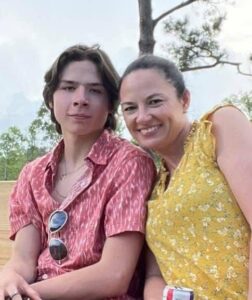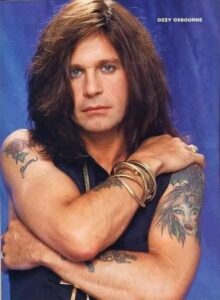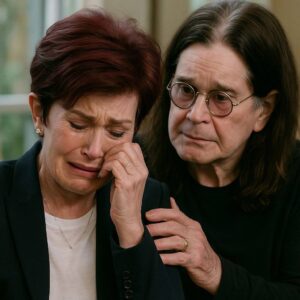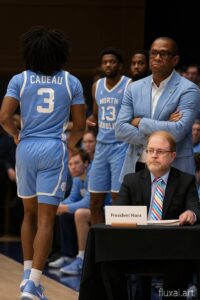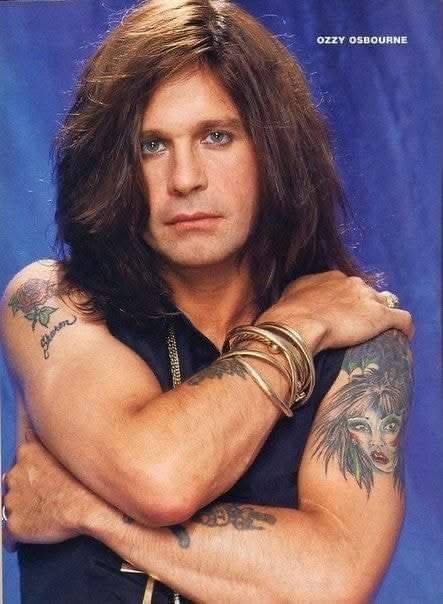
Sure! Here’s a 900-word article about Ozzy Osbourne in 1992, the year you were born:
Ozzy Osbourne in 1992: The Prince of Darkness Faces a Turning Point
In 1992, Ozzy Osbourne stood at a crossroads. The self-proclaimed “Prince of Darkness” had already carved out a legendary legacy by that point—first as the wild-eyed frontman of Black Sabbath, and then as a solo artist whose career had arguably eclipsed that of his former band. But 1992 was a year of reckoning, both professionally and personally. For Ozzy, it was a time of change, reflection, and decisions that would shape the next phase of his life.
The End of the Road… Or Was It?
By 1992, Ozzy had been in the music business for over two decades. He had built a reputation not only for his distinctive, haunting vocals and dark lyrical themes but also for his notoriously chaotic personal life. Substance abuse, legal troubles, and tabloid scandals had dogged him for years, yet he remained a vital figure in heavy metal. However, by the early ’90s, Ozzy was beginning to feel the weight of his years of excess.
That year, he announced what was meant to be his final tour—aptly named “No More Tours”—a play on his hit solo song “No More Tears” from the 1991 album of the same name. The announcement shocked fans. Was Ozzy really calling it quits?
Health concerns were a major factor in the decision. He had been diagnosed with multiple sclerosis, a condition that turned out to be a misdiagnosis (he would later learn he suffered from a genetic condition that mimicked MS symptoms). Regardless, the scare was enough to make him reconsider the demands of life on the road. He said at the time that he wanted to retire while he could still enjoy life and spend more time with his family.
The “No More Tours” Tour
The “No More Tours” tour began in 1992 and was massive in scale. It took Ozzy across the globe, playing to sold-out arenas and reminding the world why he was one of the genre’s most beloved icons. The setlists were a mix of solo hits like “Crazy Train,” “Mr. Crowley,” and “Mama, I’m Coming Home,” along with classics from his Black Sabbath days like “Paranoid” and “Iron Man.”
A particularly poignant moment came near the end of the tour, in November 1992, when Ozzy reunited with his former Black Sabbath bandmates—Tony Iommi, Geezer Butler, and Bill Ward—for a historic performance in Costa Mesa, California. It was the first time in over a decade that the original lineup had shared a stage, and for many fans, it was a dream come true. The event was billed as a symbolic passing of the torch, with Ozzy bowing out and Black Sabbath playing a short reunion set.
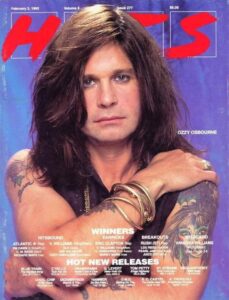
Life Behind the Scenes
Offstage, Ozzy’s life was stabilizing in some ways. A lot of that credit went to his wife and manager, Sharon Osbourne, who had played a crucial role in rebuilding his solo career in the 1980s after he was fired from Black Sabbath. Sharon was more than a partner—she was his fiercest protector, his business mastermind, and often the person who helped keep him grounded.
The couple’s three children—Aimee, Kelly, and Jack—were growing up, and Ozzy’s desire to be a more present father factored heavily into his decision to “retire.” He was tired, worn down by years of touring and substance abuse, and for once, he wanted to slow down.
Still, true retirement wasn’t in the cards for long.
A Legacy Cemented
By 1992, Ozzy Osbourne was more than just a rock star—he was a cultural institution. His music had helped define heavy metal. His outrageous persona—biting the head off a bat, urinating on the Alamo, getting banned from countless venues—was legendary. But beneath the theatrics was a deeply influential artist whose raw emotion and dark creativity had touched millions.
The “No More Tears” album, released in late 1991, had cemented his reputation for blending metal with melody. The title track, along with “Mama, I’m Coming Home,” showed a more introspective side of Ozzy, both lyrically and vocally. In many ways, 1992 marked a creative peak for him as a solo artist. The tour supporting that album brought in new generations of fans, many of whom hadn’t even been born during the Black Sabbath era.
Not Quite the End
As fans suspected, Ozzy’s retirement didn’t last long. By 1995, he was back in the studio and on the road again. His decision to return wasn’t met with much surprise—Ozzy himself admitted he didn’t know what else to do with his life. Music was his identity, his therapy, and his purpose.
Over the following decades, he would continue to release new music, tour (sometimes with Sabbath again), and even become a reality TV star with The Osbournes in the early 2000s. But looking back, 1992 stands out as a pivotal moment—a year where Ozzy looked mortality in the face, flirted with retirement, and gave fans a tour that felt like a farewell, even if it wasn’t the final curtain.
Conclusion
For those born in 1992, the year represents the end of an era for Ozzy Osbourne—but also a beginning. It was a time when the wild man of rock showed vulnerability and maturity. He was still every bit the Prince of Darkness, but with a little more light shining through the cracks. Decades later, Ozzy’s voice still echoes in the halls of metal history, but 1992 remains one of the most defining chapters in his story.
Let me know if you’d like a PDF version, a shorter version for social media, or images from that era included!

